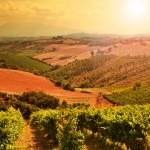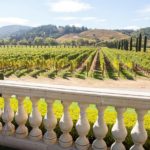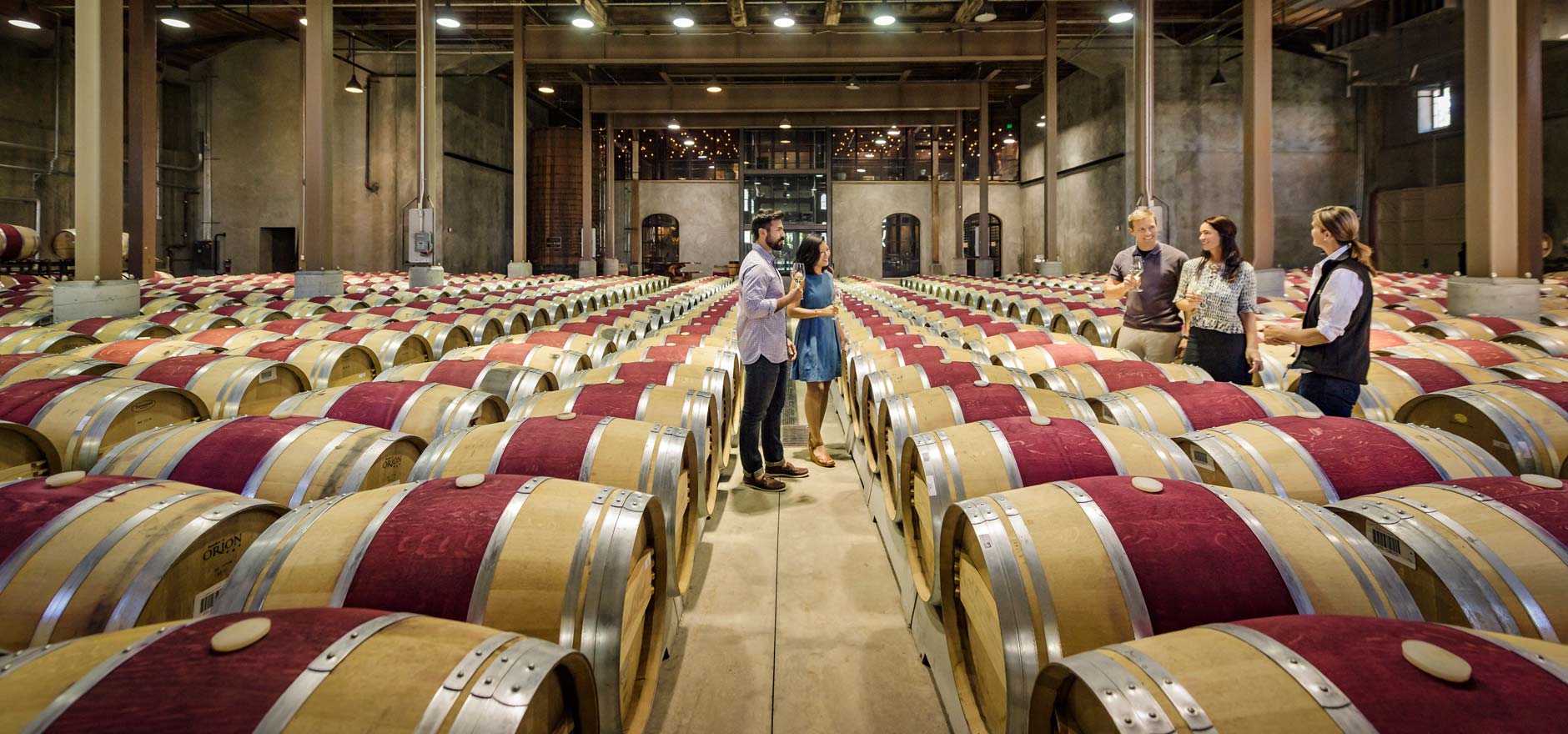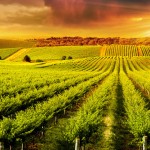- 21019
- 0
Top 7 U.S. Wine Regions to Visit in 2023
While a trip to one of Europe’s famed wine regions is certainly worth the time and effort (lucky you if your 2023 European vacay is already in the works), you actually don’t need to travel that far – or blow all your PTO days – to enjoy an amazing wine-fueled getaway this year. Given that every state in the U.S. produces wine, chances are there is a destination-worthy wine region within driving distance from you, so let’s make 2023 the year to take advantage!
While California, which produces over 80% of the country’s wine, is home to many world-class wine regions (a few of which are on this list), don’t limit yourself to just the Golden State — there are many other wine regions scattered throughout the United States that are worthy of exploring. Ready to get inspired? Here are our picks for the seven U.S. wine regions to visit in 2023.
Something for Everyone
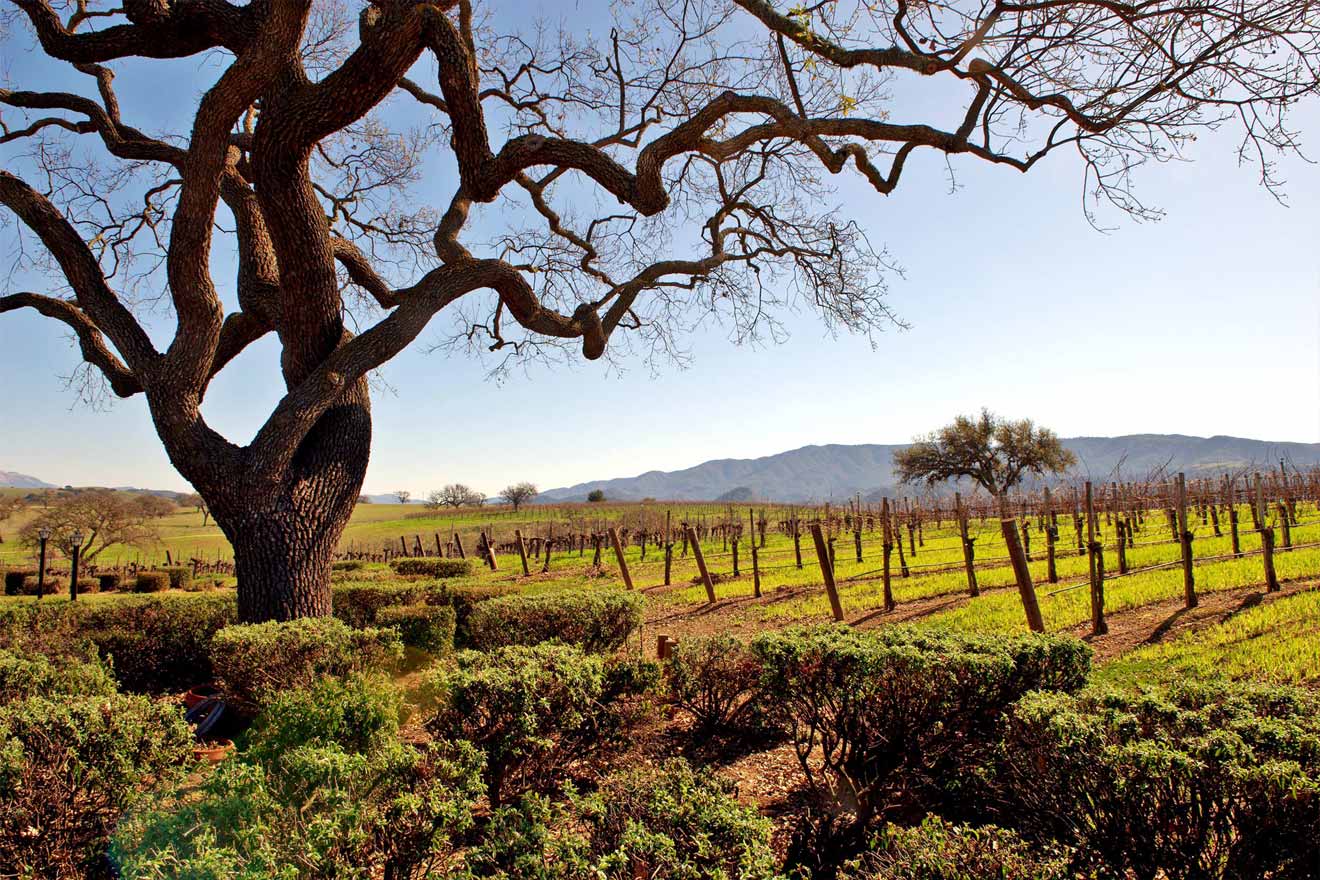
Courtesy of Visit Santa Barbara
Santa Barbara County, California
Santa Barbara Wine Country may have flown under the radar 20 years ago, but nowadays this California destination is one of the most exciting wine regions in the U.S., drawing visitors from all over the world to enjoy its picturesque scenery, friendly hospitality, and, of course, world-class wine. In fact, Wine Enthusiast recently named Santa Barbara the ‘Top Wine Region of the Year 2021,’ recognizing this Central Coast gem for its efforts in sustainability, diversity of grapes, and varied wine tasting experiences, while Travel + Leisure named the Santa Ynez Valley to their list of ‘The 50 Best Places to Travel in 2022.’
Santa Barbara County is unique in that it’s situated between transverse mountain ranges, which funnels in cooling ocean influences from the Pacific to create a multitude of microclimates as well as significant temperature swings from day to night, allowing for a longer growing season. Add in Santa Barbara’s varied topography and diverse soil structures and you’ve got the perfect recipe for growing a wide range of grapes — over 70 different varieties, in fact.
Diversity is truly the name of the game in Santa Barbara Wine Country, where you can sip nuanced Pinot Noir, savory Syrah, racy Chardonnay, complex Cabernet Sauvignon, sophisticated Grenache, juicy Pét-Nat, and skin-fermented Sauvignon Blanc — all in the same day. The wine tasting experiences are just as varied, from casual tastings at urban tasting rooms to barrel tastings at converted warehouse spaces to elevated food and wine pairings at design-savvy wineries overlooking the vineyards. Another bonus: it’s not uncommon to find the winemaker pouring the wines themselves. One thing you won’t find much of, though, is pretense, as Santa Barbara is known for its easy going vibe and welcoming spirit, making it an easy place to want to visit again and again.
Fun Fact: The future is female (winemakers) in Santa Barbara County! This region has one of the nation’s highest percentages of female winemakers and women in wine.Don’t Miss: Los Alamos
Laid-back Los Alamos may be quaint (blink and you may miss the exit off the 101), but don’t overlook this small town 15 miles north of Buellton. Once a dusty little western town, “Little LA” has since become a must-stop for foodies and oenophiles, where many of the region’s best restaurants — including a one Michelin-starred restaurant — are all on the same street. Come for a day of eating, then fill your time in between meals with excellent wine and antique shopping. You won’t be disappointed.
Sustainability at the Forefront
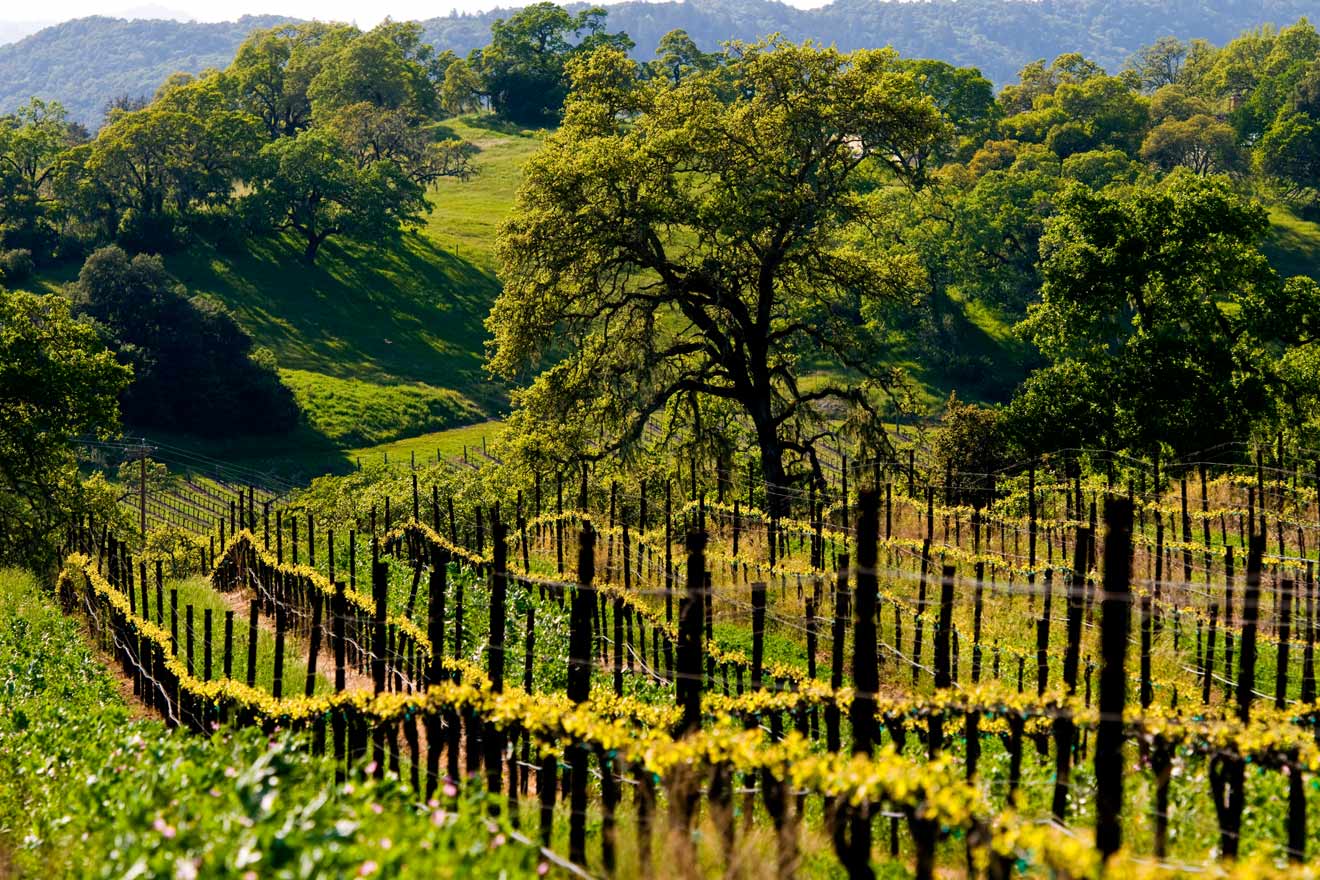
Courtesy of Jordan Vineyard & Winery
Sonoma County, California
Napa Valley is no doubt Northern California’s most famous wine region (and likely a place you’ll want to visit again and again), but if you haven’t yet experienced neighboring Sonoma County, now’s the time to change that. A must for wine lovers who appreciate good wine, local food, and the outdoors, laid-back Sonoma County is an expansive wine region featuring 19 appellations planted to over 60 grape varieties. Here, you’ll find everything from sparkling wines and lean, mineral-driven whites to complex, fruit-driven reds and bold wines from old vines — most of which are produced by family-owned wineries (some multigenerational) and sourced from sustainably-farmed vineyards.
While wine is a major draw, Sonoma County charms with its beautifully diverse landscapes, from the rugged coastline to the redwood forests, the bucolic countryside to the more mountainous areas, making it a wonderful place to spend time outside. It also stands out for its dedication to all things local, where a locavore mentality extends from restaurant menus highlighting local and seasonal produce, cheese, and meat, to hotels and shops featuring artworks and goods made by local artisans.
Fun Fact: 99% of Sonoma County’s vineyards are certified sustainable, making it the most sustainable winegrowing region in the world.Don’t Miss: Healdsburg
The burgeoning town of Healdsburg is a wine and food lover’s paradise, thanks to its vibrant dining scene, chic urban tasting rooms, coffee shops, and unique culinary experiences. It’s certainly worthy of at least a day trip, but should you want to make Healdsburg your home base, there are plenty of places to stay in and around town, including charming inns, contemporary hotels, and high-end resorts.
Authentic Texan Hospitality

Courtesy of Visit Fredericksburg
Texas Hill Country, Texas
Texas may not be the first place you’d think of when considering a wine tasting trip, but it has been steadily blazing a trail in wine. As the fifth largest wine producing state in the U.S., Texas is home to over 400 wineries scattered throughout the state, where you’ll find wines made from Tempranillo, Cabernet Sauvignon, Malbec, Tannat, and Viognier, as well as from lesser known grapes like Muscat Canelli, Lenoir, and the white hybrid of Blanc du Bois.
While there are eight delineated growing regions, the centrally located Texas Hill Country has become the hot spot for wine tourism. Conveniently situated outside the big cities of Austin and San Antonio, Texas Hill Country is a vast wine region offering visitors plenty of charming towns and natural scenery in which to explore. Add in a unique food scene, diverse wineries, and wide open spaces ideal for watching epic sunsets, and it’s no wonder this region captures the hearts of visitors from near and far.
Located in the heart of Texas Hill Country, the historic town of Fredericksburg is a great base for exploring the region’s numerous wineries. Here, you’ll find tasting rooms, good shopping, music venues, and noteworthy restaurants, all wrapped up with authentic Texas hospitality and a dose of German flair.
Fun Fact: Fredericksburg was settled by German immigrants over 160 years ago, and its German heritage can still be experienced through its food, architecture, and town festivals.Don’t Miss: Texas Hill Country Cuisine
BBQ may be big in the Lone Star state, but you’d be surprised by the diversity of offerings you’ll find in Texas Hill Country, where restaurants celebrate the flavors and ingredients of Texas and throughout the world. Whether you’re craving Texas BBQ, Tex-Mex, Southern food, or authentic German schnitzels, you’ll love eating your way through the region.
World-Class Reds
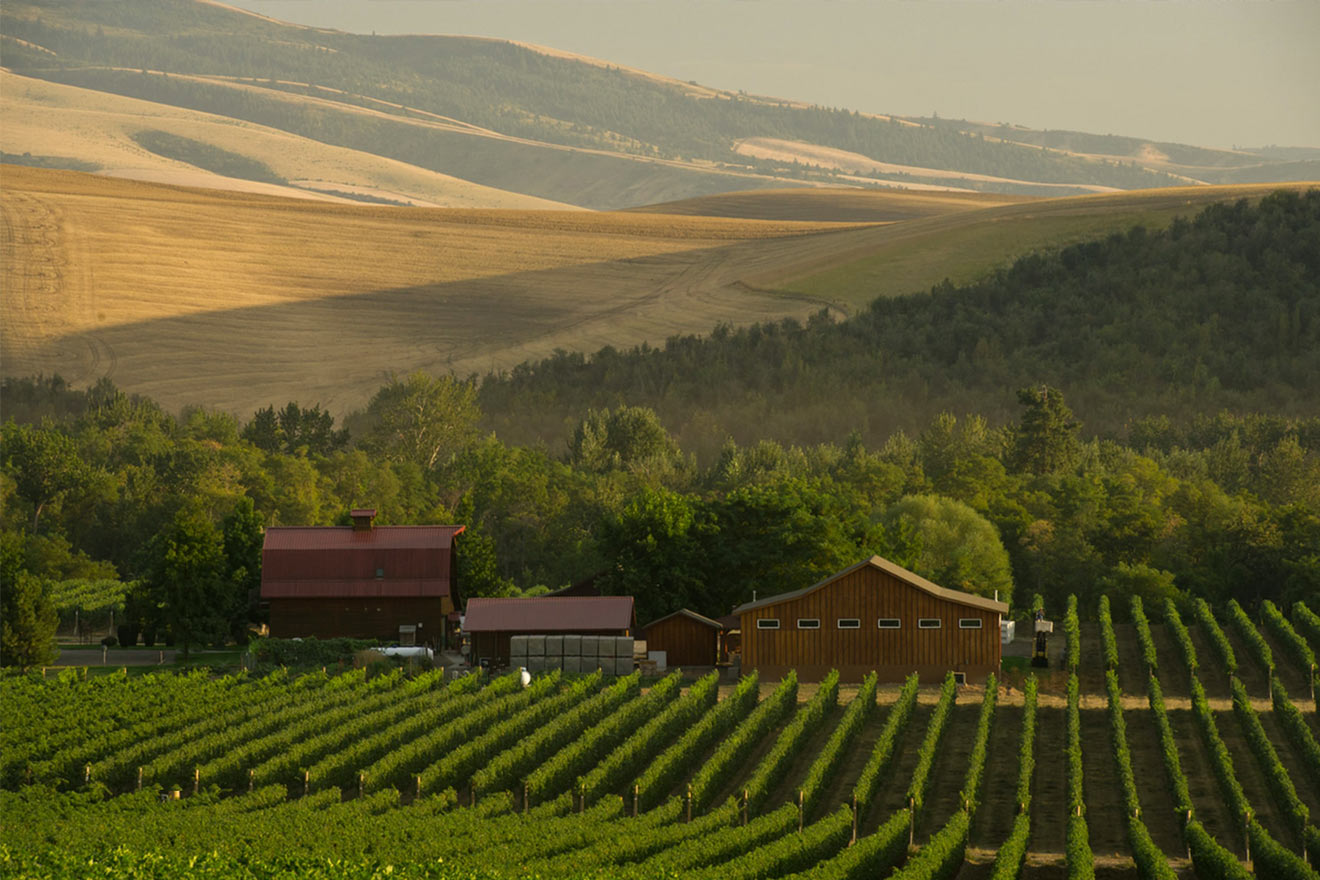
Courtesy of Visit Walla Walla
Walla Walla, Washington
Five or ten years ago, you may not have been familiar with Walla Walla, but nowadays this small growing region along the Washington-Oregon border has a loyal following. So much so that in 2020, Walla Walla Valley – already named Wine Enthusiast’s 2019 ‘Wine Region of the Year’ – was crowned the winner of ‘America’s Best Wine Region’ by USA Today 10Best Readers’ Choice Awards, and defended its title to win again in 2021.
Situated in southeastern Washington, Walla Walla is famous for its sweet onions, but over the years this burgeoning region has cemented its status as a prime place for growing wine grapes, too. Boasting some of the state’s best vineyards and wineries, Walla Walla Valley is home to more than 120 wineries producing excellent examples of Cabernet Sauvignon, Merlot, Syrah, Malbec, and Cabernet Franc.
The Walla Walla Valley AVA encompasses land in both Washington and Oregon, and wineries and tasting rooms are spread out throughout six distinct districts. Each area offers a different slice of Walla Walla, with wines and tasting experiences just as diverse. Foodies will also appreciate the eclectic mix of impressive restaurants in and around town, which each draw on the rich spectrum of seasonal produce and artisanal products from the region. Speaking of food, gourmands take note: Walla Walla’s 11th Annual Restaurant Month is happening this February, which celebrates the region’s epicurean delights through prix fixe menu offerings, lodging packages, wine, and more.
Fun Fact: Walla Walla Valley has the highest concentration of wineries in Washington and is home to some of Washington’s oldest wineries.Don’t Miss: Exploring Downtown
Even if staying out amongst the vines, you won’t want to miss venturing into downtown Walla Walla. Though quaint, Walla Walla has a vibrant energy that makes it feel much bigger, yet without losing its small town charm. You won’t tire of the great selection of wine tasting rooms, art galleries, bakeries, and restaurants around every corner, while regular events like art walks and farmers markets only add to the experience.
Down-to-Earth Vibes

Courtesy of SLO Coast Wine
Edna Valley, California
While most people are familiar with California’s Paso Robles Wine Country (a lovely wine region if you haven’t been), nearby Edna Valley is much more of a hidden gem. Situated south of San Luis Obispo just five miles from the Pacific Ocean, Edna Valley is a small viticultural area noted for its cool coastal climate and long growing season — one of the longest in California, as a matter of fact. Here, Pinot Noir and Chardonnay shine, though diverse microclimates and rich oceanic and volcanic soils allow for several other grapes to flourish, including Albariño, Viognier, and Syrah.
Edna Valley may produce a steady stream of acclaimed wines, but the experience and vibe here remain down-to-earth and unhurried (this is the uber-friendly and laid-back Central Coast, after all). Small, family-owned wineries and larger, more modern wineries alike are known for their warm hospitality as much as they are for their wine. And, because the land here isn’t as inflated as some parts of California, you can still find quality bottles without enormously expensive price tags.
Fun Fact: Edna Valley’s winemaking history dates back to the 1800s, when Spanish missionaries planted some of the first mission grapes.Don’t Miss: Biking
Edna Valley is a great place for cyclists, who will appreciate the region’s scenic vistas and quiet country roads. Of course, you’ll capture the same views of Bishop’s Peak and some of the other “Nine Sisters” (the chain of volcanic morros that dot the landscape) by driving, but exploring the valley on two wheels means stops for wine tastings and snacks are all the more essential.
The Birthplace of American Wine
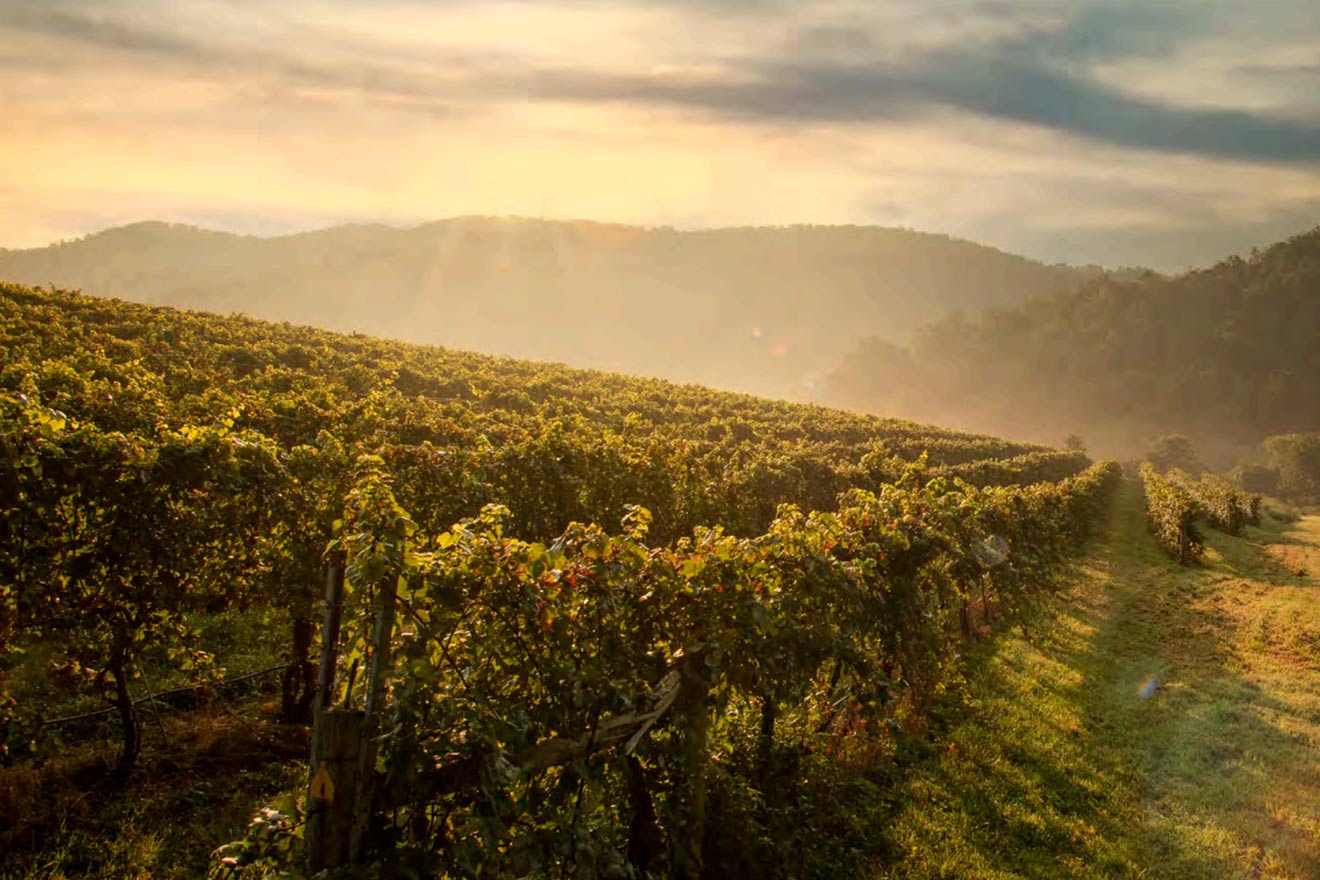
Courtesy of VirginiaWine.org
Northern & Central Virginia
Virginia is recognized as the birthplace of American wine, when early colonists first attempted making wine here in the early 17th century, but it wasn’t until the early 1980s that the industry began to gain traction. Today, Virginia is home to over 4,000 acres of vineyards, where grapes like Viognier, Cabernet Franc, Petit Verdot, and Norton have taken center stage.
Thomas Jefferson – you know, that famous scholar, statesman, and third President of the United States – was one of the early believers in growing grapes in his home state of Virginia. A master gardener and wine connoisseur, his first foray into viticulture began in 1773, though his efforts to grow European varieties failed again and again due to pests, disease, and unfavorable weather. Luckily, the pioneering spirit of this region helped grapes persevere, and today’s winemakers and growers have learned to work with the region’s continental climate to find their sweet spot; The last decade, especially, has shown a huge increase in both the quantity and quality of Virginia wine.
There are over 300 wineries in Virginia, spread throughout eight different AVAs. One of the most visited is Northern Virginia Wine Country, aka “D.C.’s Wine Country,” which is only an hour outside the nation’s capital. Despite this close proximity, thanks to its bucolic country roads, picturesque rolling hills, and historic towns, it manages to feel worlds away. Here you’ll find boutique wineries offering intimate experiences as well as larger, more design-forward estates, while about an hour further inland will land you in Central Virginia, where a thriving wine scene is offered alongside history, culture, and quality cuisine. Regardless of where you visit, beauty and charm abound, as well as pick-your-own apple orchards, historical sites, and photo-worthy landscapes.
Fun Fact: Norton, America’s oldest wine grape, was born in Virginia.Don’t Miss: Cider tasting
Wine tasting experiences may lure visitors to Virginia Wine Country, but don’t overlook sampling some cider, too. There are over 50 cideries across the state producing some delicious ciders worth stopping in for.
An Undiscovered Gem
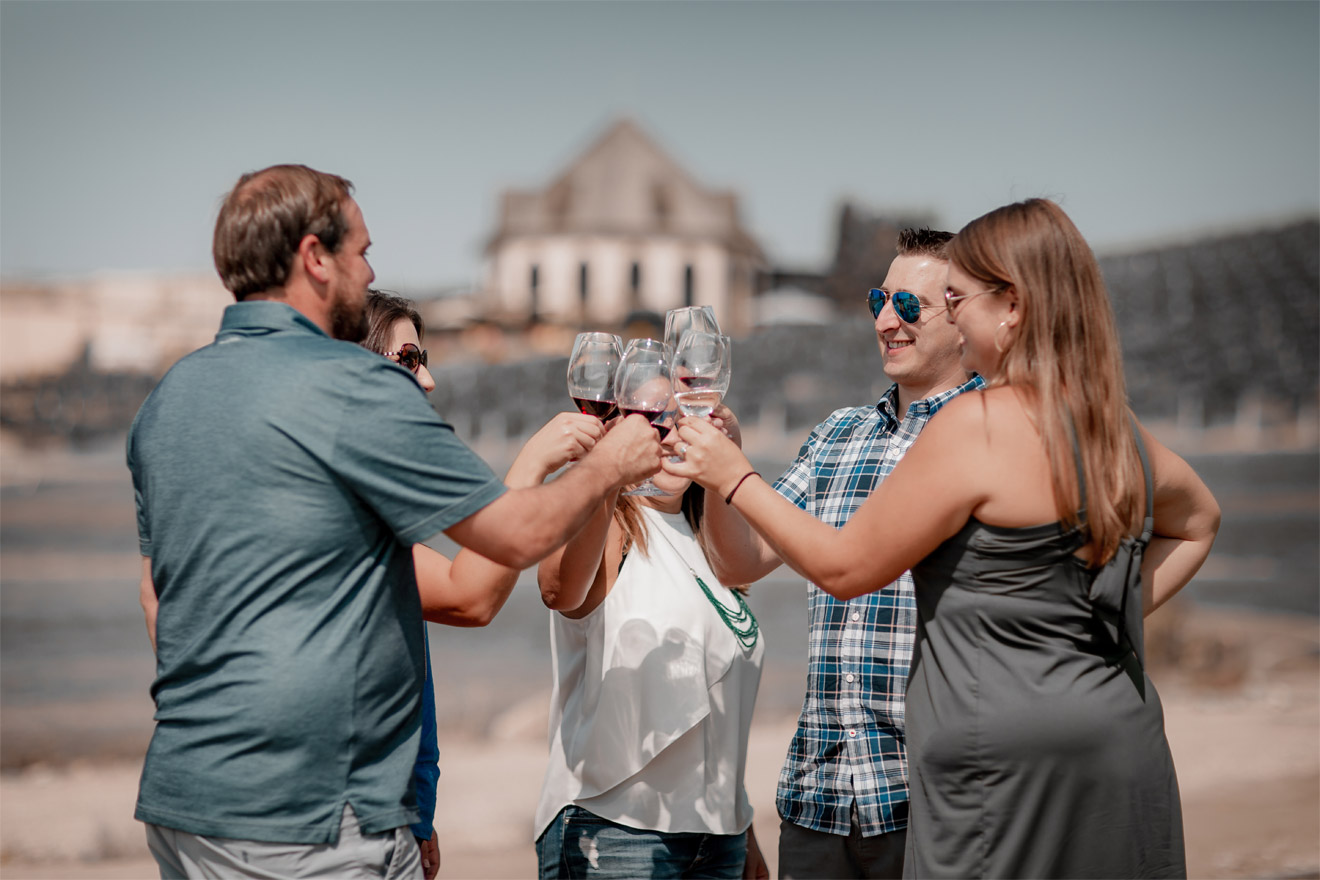
Courtesy of SWITA
Snake River Valley, Idaho
Idaho may be known for its scenic vistas, epic skiing, and, of course, potatoes, but did you know the first wineries in the Pacific Northwest were in Idaho? Though Prohibition squashed the industry, today Idaho is in the middle of a great wine resurgence, with the number of wineries increasing by almost 58% in the last decade.
Most of Idaho’s 70 wineries and 1,300 acres under vine can be found in the Snake River Valley – Idaho’s first AVA – which is located in the southern part of the state just 30 miles from Boise. Here, a more moderate climate, minimal rainfall, and a high elevation make it more conducive to growing grapes, including Riesling, Chardonnay, Cabernet Sauvignon, and Syrah.
Besides being conveniently close to Boise, the Snake River Valley, home to the Sunnyslope Wine Trail, is a must for wine lovers looking to discover the next under-the-radar wine region. Along with a casual environment, you’ll find a plethora of family-owned wineries producing handcrafted wines (with incredibly affordable price points), intimate tasting and dining experiences, and a general sense that people are truly excited to welcome you. And, because the region is still coming into its own, winemakers have the freedom to experiment with new clones, winemaking techniques, and varieties. No doubt the best is yet to come from this emerging wine region.
Fun Fact: Some vineyard elevations reach nearly 3,000 feet above sea level – some of the highest in the U.S.Don’t Miss: Boise’s Urban Wine District
While quiet country vistas are the norm for wineries in the Snake River Valley, a handful of producers are taking a different approach by operating urban wineries near downtown Boise. If you’re looking to ditch the car and walk or bike instead, you’ll love the unique urban offerings, where quality wine, unpretentious vibes, and diverse settings are the name of the game.
Of course, there are many other dynamic U.S. wine regions that you should definitely seek out, such as Arizona’s Valle Verde, New Mexico’s Albuquerque and Santa Fe regions, Colorado’s Palisades, Oregon’s Willamette Valley and Rogue Valley, New York’s Finger Lakes, and Lake Michigan – to name just a few. Simply put: don’t limit your choices to just this list, because when you take the time to explore all the amazing wine, scenery, and experiences that each state has to offer, you may just end up with a newfound appreciation for our nation’s wine and the people behind the wine.







